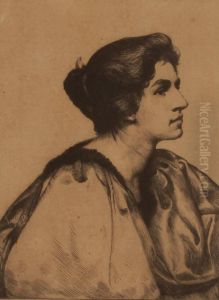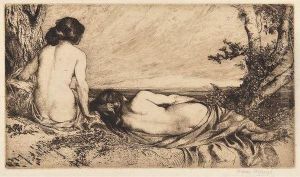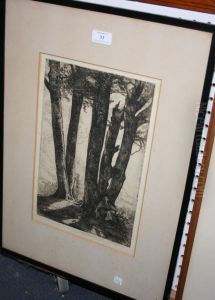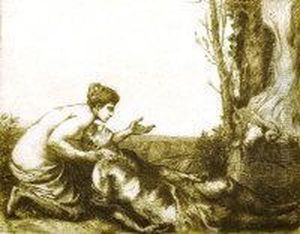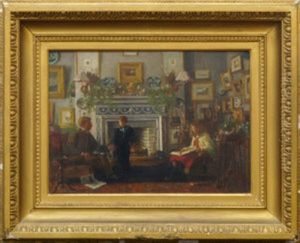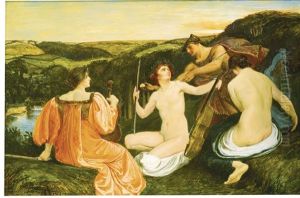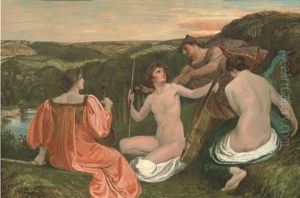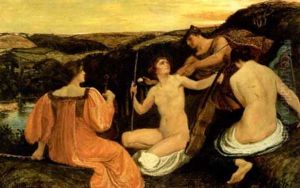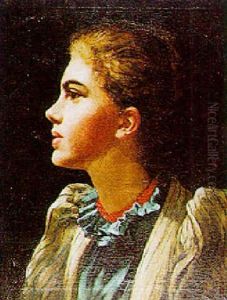Charles Holroyd Paintings
Sir Charles Holroyd was a British artist, etcher, and curator, born on April 9, 1861, in Leeds, Yorkshire. He was the son of Michael Holroyd, a woolen manufacturer, and his education began at Leeds Grammar School. Holroyd developed an interest in art at an early age and pursued formal training at the Slade School of Fine Art in London, where he studied under the tutelage of Alphonse Legros, and later in Paris at the Académie Julian.
Holroyd’s early work was influenced by the Pre-Raphaelites and the classical Italian tradition. As an etcher, he was known for his skill and craftsmanship, which garnered him recognition in the British and European art scenes. His etchings often depicted historical scenes and were marked by delicate lines and attention to detail. Holroyd was also an accomplished oil painter, though his paintings are less well-known today than his graphic works.
Apart from his artistic practice, Holroyd held several important positions throughout his career. In 1897, he was appointed as the Director of the National Gallery of British Art, known today as Tate Britain, succeeding Sir Frederic Leighton. During his tenure, he oversaw significant acquisitions and worked to establish the gallery as a major institution for British art. In 1906, he became the Keeper of the National Gallery, London, where he served until his death.
Holroyd was knighted in 1903 for his contributions to the arts, and he was also a member of the Royal Academy of Arts. His writings include a book on Michael Angelo Buonarroti and his thoughts on the direction of British art.
Sir Charles Holroyd’s legacy as an artist and curator is marked by his commitment to elevating the status of British art and his role in shaping the collections of some of the nation’s most significant art institutions. He passed away on November 17, 1917, leaving behind a legacy of artistic achievement and cultural stewardship.
